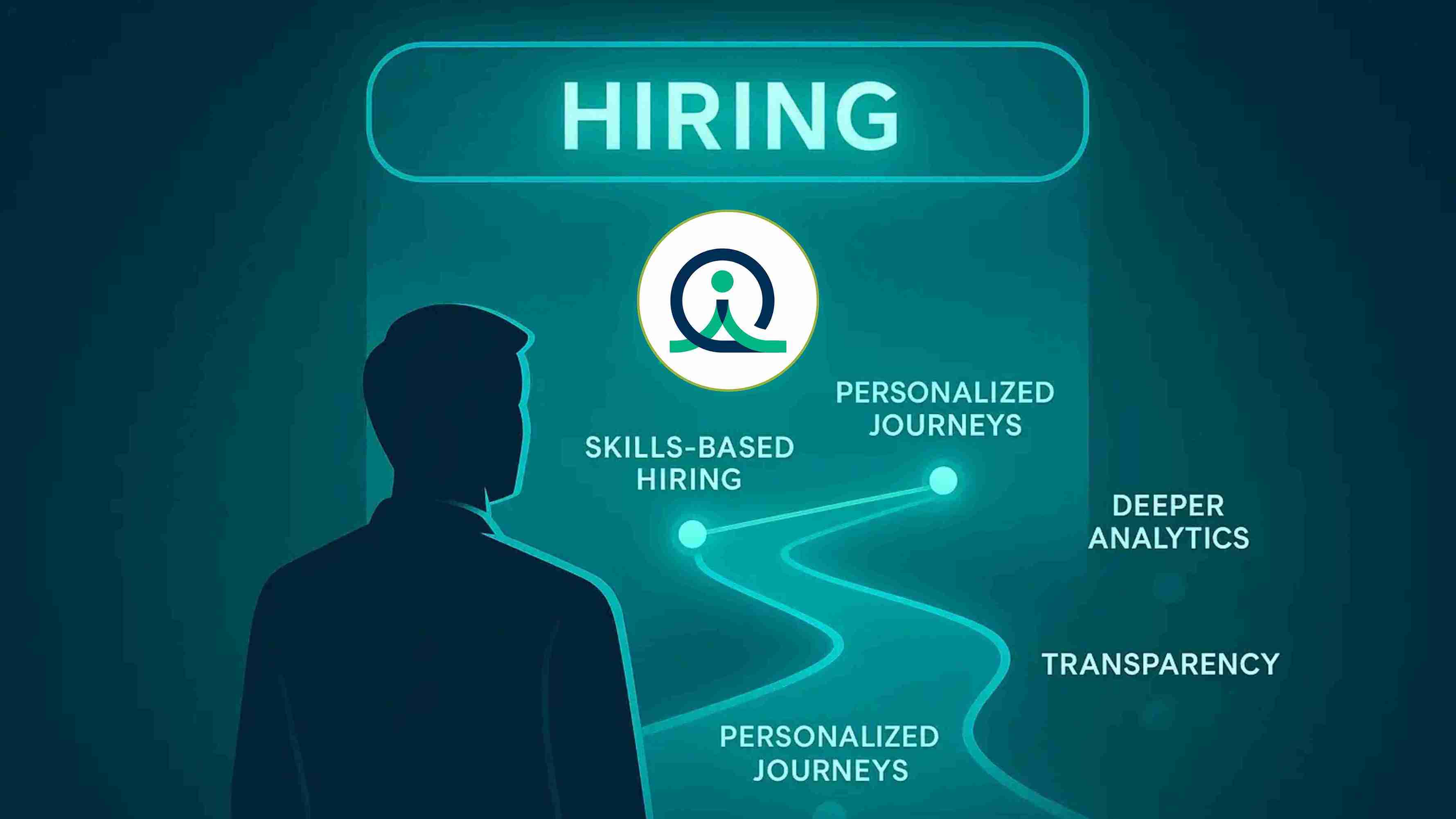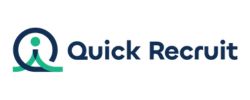Introduction
Hiring today is more competitive and complex than ever. According to a 2024 Deloitte report, nearly 70% of enterprise organizations now use some form of AI powered applicant tracking system (AI ATS) to manage recruitment. Meanwhile, a SHRM study revealed that each corporate job posting attracts, on average, 250 applications. Sorting through this volume manually is simply impossible.
That’s why businesses are increasingly embracing recruiting automation and AI-driven recruiting. These tools don’t just save time—they transform how companies identify, engage, and hire the right talent. An artificial intelligence ATS ensures that recruitment is faster, fairer, and smarter, helping HR leaders meet the demands of a rapidly evolving workforce.
Inside the World of ATS
An applicant tracking system is software designed to manage the hiring lifecycle. It helps recruiters organize resumes, track candidates across stages, schedule interviews, and facilitate communication.
Traditional ATS platforms were primarily administrative tools. They captured resumes, filtered applicants by keywords, and stored data for compliance. While effective for basic tasks, they often overlooked great candidates who didn’t perfectly match keyword filters.
ATS AI is a more intelligent system that integrates machine learning, natural language processing, and predictive analytics to enhance recruitment outcomes.
How AI is Reshaping Hiring

The integration of AI into ATS platforms is not incremental—it’s transformative. Here’s how:
-
- Recruiting Automation: AI automates repetitive tasks like resume screening, interview scheduling, and candidate ranking.
-
- AI-Driven Recruiting: Goes beyond automation, using predictive analytics to forecast performance, culture fit, and retention likelihood.
-
- Smarter Resume Parsing: Modern AI ATS platforms parse resumes with over 95% accuracy, understanding context, synonyms, and transferable skills.
-
- Conversational AI: Chatbots and AI-driven assistants improve candidate engagement by answering FAQs and guiding applicants through the process.
Together, these capabilities elevate the AI-powered applicant tracking system from a workflow tool to a strategic asset.
Smarter Hiring: The Power of AI-Powered ATS
The impact of AI on ATS hiring systems is profound. Organizations adopting AI-powered applicant tracking systems report measurable improvements across key metrics.
Speed and Efficiency
AI reduces time-to-hire by as much as 60% (Forbes, 2024). Instead of spending weeks reviewing resumes, recruiters can instantly shortlist top candidates.
Fairness and Inclusivity
By minimizing human biases, ATS AI promotes more equitable hiring practices. AI can anonymize candidate data, ensuring focus remains on skills and experience.
Better Candidate Experience
AI-driven chatbots, real-time updates, and personalized communication create a more engaging experience for applicants—critical in competitive talent markets.
Data-Driven Decisions
An AI ATS doesn’t just collect data; it learns. Recruiters gain insights into which hiring sources yield the best candidates, which skills are most predictive of success, and how to optimize job postings.
Scalability for Global Hiring
From startups to Fortune 500s, AI-driven recruiting platforms handle thousands of applications seamlessly, ensuring hiring processes remain consistent across geographies.
The Hidden Challenges of Modern Hiring
Despite its advantages, artificial intelligence ATS adoption raises valid concerns.
-
- Algorithmic Bias: AI is only as good as the data it’s trained on. If historical hiring data carries bias, the AI may replicate it.
-
- Transparency: Many candidates don’t understand how AI ATS makes decisions, fueling concerns about fairness.
-
- Over-Reliance on Automation: While automation is powerful, hiring still requires human judgment. A fully machine-driven process risks overlooking cultural fit or soft skills.
-
- Regulation and Compliance: As governments tighten rules around AI in HR (e.g., New York City’s AI hiring audit law), organizations must ensure compliance and explainability.
Addressing these challenges requires balancing AI-driven recruiting with strong human oversight.
How Companies Are Using AI ATS
Unilever
Unilever revamped its graduate hiring program with an AI-powered applicant tracking system. Using video interviews analyzed by AI and gamified assessments, the company reduced time to hire by 75% while improving candidate diversity.
Hilton Hotels
Hilton integrated ATS AI to streamline hiring for hourly positions. By automating screening and scheduling, Hilton cut its hiring time from six weeks to just five days.
These examples demonstrate the real world impact of AI ATS—not just on speed, but on business performance and workforce inclusivity.
The Future of AI ATS

Looking ahead, the future of AI-powered applicant tracking systems is promising.
-
- Skills Based Hiring: ATS AI will shift focus from degrees and job titles to skills and potential.
-
- Personalized Candidate Journeys: Expect AI ATS platforms to deliver tailored job recommendations and feedback.
-
- Deeper Analytics: Future artificial intelligence ATS tools will predict longterm performance and team compatibility.
-
- Greater Transparency: Explainable AI will become standard, giving candidates clearer insight into evaluation criteria.
In the next decade, the AI impact on ATS hiring systems will extend beyond efficiency.it will fundamentally reshape how talent is sourced, evaluated, and retained.
Conclusion: The New Era of Talent Acquisition
The rise of AI ATS is reshaping recruitment, bringing speed, fairness, and intelligence to every stage of hiring. While challenges like bias and transparency remain, the benefits of recruiting automation and AI-driven recruiting far outweigh the risks.
For organizations aiming to stay ahead, Quick Recruit offers a powerful blend of AI-powered applicant tracking, CRM, and Interview-as-a-Service. By streamlining processes and enhancing decision-making, it helps staffing agencies, HR teams, and campuses hire better, faster, and smarter.
The future of hiring is here, and AI ATS is leading the way.
FAQs
What is an AI-powered applicant tracking system?
It’s an ATS that integrates artificial intelligence to automate resume screening, candidate ranking, and interview scheduling while providing data-driven insights
How does recruiting automation save time?
Recruiting automation eliminates repetitive tasks such as resume filtering and scheduling, allowing recruiters to focus on engaging candidates and making final decisions.
What is the AI impact on ATS hiring systems?
AI has reduced time-to-hire, improved candidate experience, minimized bias, and provided stronger predictive analytics for hiring decisions.
Is ATS AI completely unbiased?
Not entirely. While ATS AI reduces human bias, biased training data can still lead to skewed results. Transparency and human oversight are essential.
Will AI ATS replace human recruiters?
No. An AI-powered applicant tracking system supports recruiters by handling administrative tasks, but human empathy and judgment remain vital..


